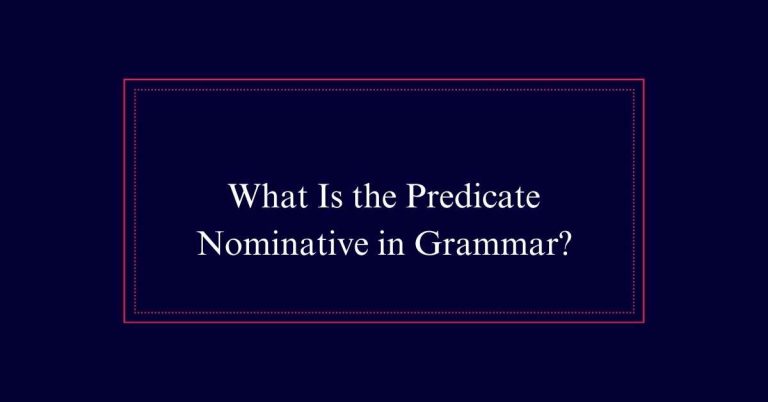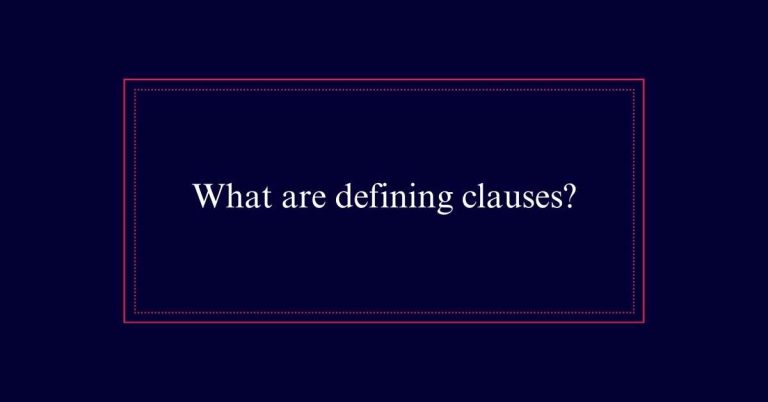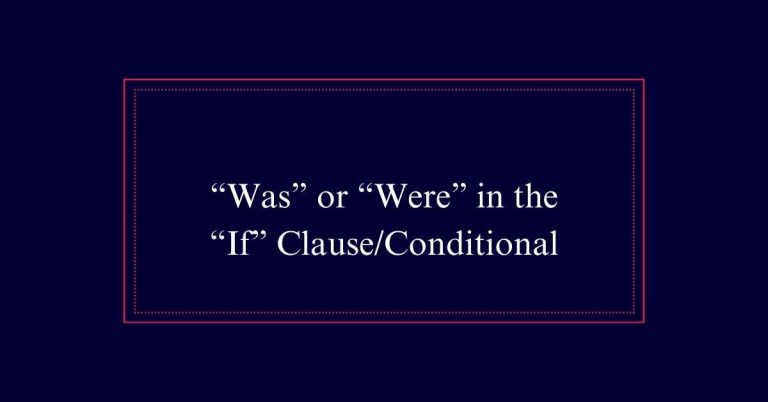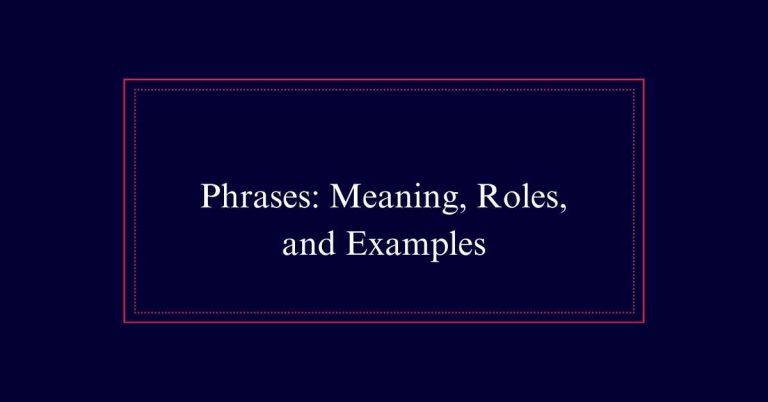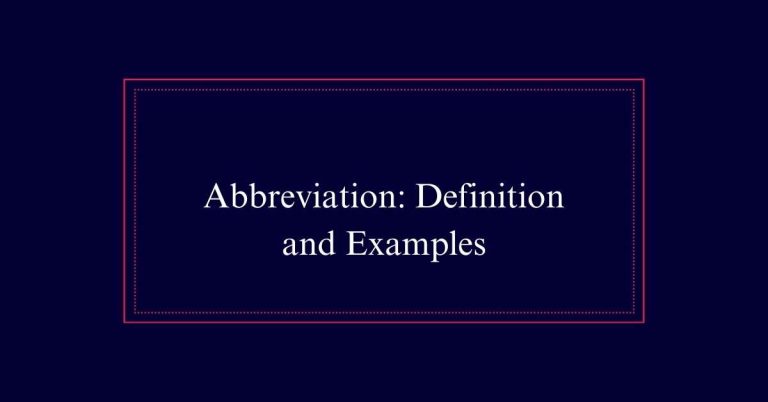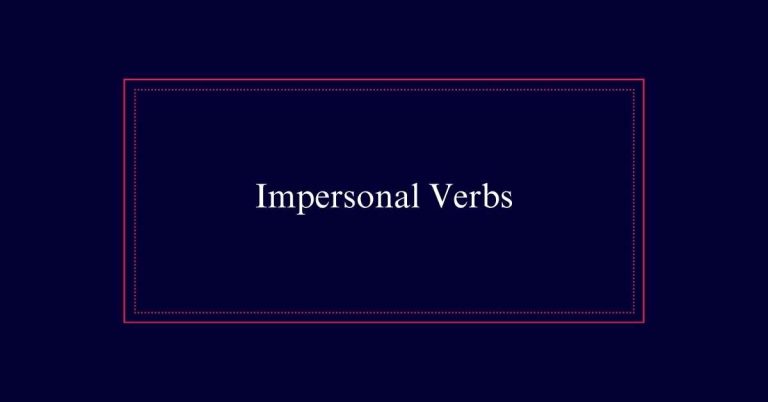How to Use Adjective Clauses?
Adjective clauses, also known as relative clauses, describe a noun, providing additional information that makes sentences clearer. These clauses always contain a subject and a verb. They begin with relative pronouns such as ‘who,’ ‘whom,’ ‘whose,’ ‘which,’ and ‘that.’ These pronouns link the clause to the noun it describes, directly following the noun to avoid ambiguity.
Defining Adjective Clauses
An adjective clause, also known as a relative clause, is a group of words that provides more information about a noun. These clauses act like individual adjectives by describing the noun they follow. They always contain a subject and a verb, making them more detailed than simple adjectives.
Words like ‘that,’ ‘which,’ and ‘who’ usually introduce adjective clauses. These clauses are essential for adding specificity and clarity to sentences. By incorporating an adjective clause, writers can give more precise details about a noun, enhancing the reader’s understanding.
For example, in ‘The book, which was on the table, is mine,’ the clause ‘which was on the table’ gives more information about the noun ‘book.’
Structure of Adjective Clauses
The structure of adjective clauses involves starting with a relative pronoun and including a subject and verb. These clauses provide additional information about a noun in the main clause.
The relative pronoun (such as ‘who,’ ‘which,’ or ‘that’) connects the adjective clause to the noun it modifies. Within the clause, there is always a subject and a verb.
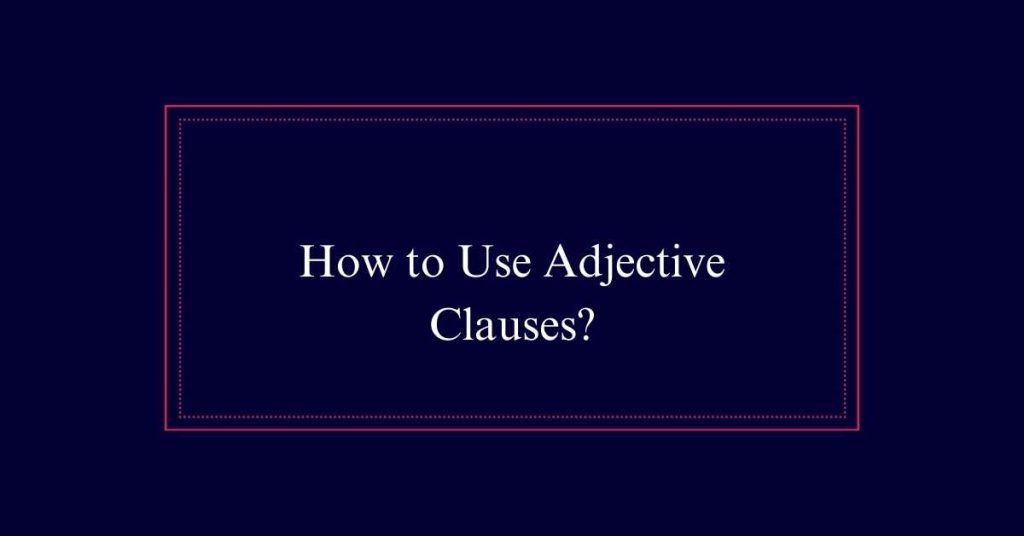
For example, in the sentence ‘The book that she read was fascinating,’ the adjective clause is ‘that she read.’ The clause describes ‘the book.’ By adding a subject and a verb, adjective clauses enrich sentences, making them more informative.
Relative Pronouns Guide
Relative pronouns are essential in forming adjective clauses. They connect the clause to the noun it describes.
Common relative pronouns include ‘who,’ ‘whom,’ ‘whose,‘ ‘which,’ and ‘that.’ Each serves a specific purpose. Who’ and ‘whom’ refer to people. ‘Whose’ indicates possession. ‘Which’ refers to animals and things, while ‘that’ can refer to people, animals, or things.
Choosing the correct relative pronoun is vital for clarity. For example, ‘The author who wrote this book is famous’ uses ‘who’ to refer to a person.
Connecting Clauses to Nouns
Connecting adjective clauses to nouns is vital for providing detailed descriptions and enhancing clarity in writing. Adjective clauses, which start with relative pronouns like ‘who,’ ‘which,’ or ‘that,’ directly follow the noun they describe. This placement guarantees that the reader understands which noun the clause is modifying.
For example, in the sentence ‘The book that you lent me is fascinating,’ the clause ‘that you lent me’ specifies which book is being discussed. By placing the adjective clause immediately after the noun, writers can provide additional information without creating ambiguity.
Expressing Preferences
When expressing preferences, adjective clauses can clarify exactly which noun you prefer by adding specific details. For instance, consider the phrases below:
| General Statement | Enhanced with Adjective Clause | Preference Clarity |
|---|---|---|
| I like the car. | I like the car that has leather seats. | Specifies the feature preferred in the car. |
| She prefers the house. | She prefers the house which has a garden. | Highlights the specific quality she likes. |
| They chose the restaurant. | They chose the restaurant where we dined last time. | Identifies the exact restaurant preferred. |
| We enjoy the vacation spot. | We enjoy the vacation spot that is by the beach. | States the preferred characteristic of the spot. |
Adding Depth to Writing
Adjective clauses greatly enhance writing by providing additional details and specificity about nouns. These clauses give readers more information, making descriptions vivid and precise.
For instance, ‘The house, which has a red door, is on sale’ provides a clearer image than ‘The house is on sale.’ Adjective clauses also help in distinguishing between similar items. Consider ‘The book that has a blue cover is mine.’ Here, the clause ‘that has a blue cover’ specifies which book, preventing confusion.
Omitting Relative Pronouns
In some cases, you can omit the relative pronoun to make sentences more concise.
When the relative pronoun functions as the object of the adjective clause, it can be removed without changing the meaning.
For example, ‘The book that I read was fascinating’ can be shortened to ‘The book I read was fascinating.’
This omission streamlines the sentence while maintaining clarity.
However, be cautious as the pronoun can only be omitted when it is not the subject of the clause.
If the relative pronoun acts as the subject, omitting it would result in an incomplete sentence.
Adjective Vs. Adverbial Clauses
A key difference between adjective clauses and adverbial clauses lies in what they modify. Adjective clauses modify nouns, providing specific details about the noun they describe.
In contrast, adverbial clauses modify verbs, adjectives, or other adverbs, offering information about how, when, where, or why something happens.
Here are the distinctions in a concise format:
- Adjective Clauses: Modify nouns. Example: ‘The book, which I read, was fascinating.’
- Adverbial Clauses: Modify verbs, adjectives, or adverbs. Example: ‘She sang beautifully because she practiced daily.’
- Starting Words: Adjective clauses often begin with relative pronouns (who, which), whereas adverbial clauses typically start with subordinating conjunctions (because, although).
Adjective Clauses Vs. Phrases
Understanding the difference between adjective clauses and adjective phrases is essential for precise and effective writing. Adjective clauses contain a subject and a verb and begin with relative pronouns like ‘that,’ ‘which,’ or ‘who.’ For example, ‘The book that I read was fascinating.’ Here, ‘that I read’ is an adjective clause providing more information about the book.
In contrast, adjective phrases are groups of words that function as a single adjective. They do not contain a subject or a verb. An example is, ‘The book on the table is mine,’ where ‘on the table’ is an adjective phrase describing the book.
Practical Uses in Writing
Adjective clauses enhance writing by providing specific details about nouns, making descriptions clearer and more engaging. They add depth to sentences and help readers visualize the content better.
Here are three practical uses of adjective clauses in writing:
- Clarifying Subjects: Adjective clauses specify which person or thing you are referring to, enhancing clarity. For instance, ‘The book that she recommended was fascinating.’
- Adding Information: They add extra details without starting a new sentence, making the text flow smoothly. Example: ‘The car, which was red, sped away.’
- Combining Sentences: Adjective clauses can combine two related ideas into one streamlined sentence. For example, ‘The artist, who was inspired by nature, painted a beautiful mural.’

